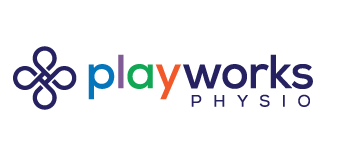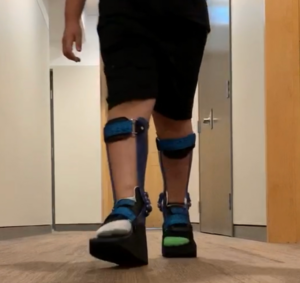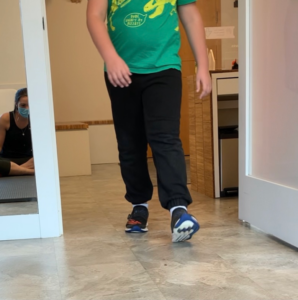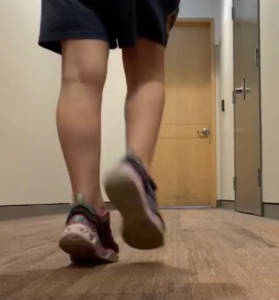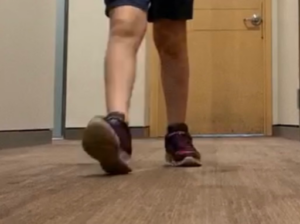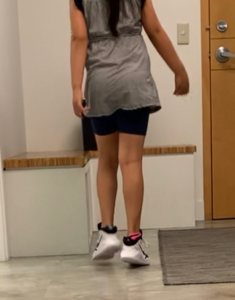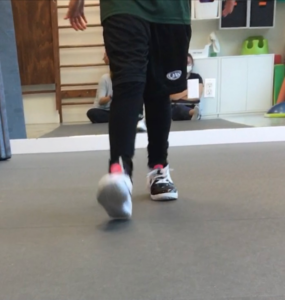Severs- what it is, what is happening, how physio can help
What is Sever’s Disease?
Sever’s Disease occurs when the C shaped growth plate at the back of your heel gets inflamed from stress from the achilles tendon. Growth plates are areas of cartilage located near the ends of the bones, and this is where bone growth occurs. Since it is the last part of a child’s bone to harden, growth plates are particularly vulnerable to injury. Adults don’t have open growth plates anymore, so this condition is found only in kids. Sever’s Disease is also 2-3 times more likely to occur in boys than girls, and it is associated with big growth spurts!
What my child may complain of?
- No pain in the morning, but usually is worse with increased load during the day
- Pain worsens with repetitive activities (example: running or jumping)
- Tenderness on both the inside and outside of the heel
- No swelling, redness or skin changes noted with this condition
- Calf tightness
Things that may make Sever’s worse:
- Worn out shoes
- Hard surfaces
- High amounts of physical activity
- Big growth spurts
- Back to activity after a long break
How can physio help?!
At Playworks Physio we specialize only in kiddos! We see kids with this type of heel pain VERY often, especially with the start of sports seasons. Your Physio will take a good look at what is happening and what might be causing it, and give lots of tools to help. Some things include stretching and strengthening activities, suggestions for activity modifications, shoe recommendations, and of course, this will all be FUN for your kiddo.
Our main goal is to help reduce your kiddos pain, solve the source of the issue to prevent it from returning, and improve their ability to participate in their activities again, pain free!
– Darrien Cantelo, Physiotherapist
